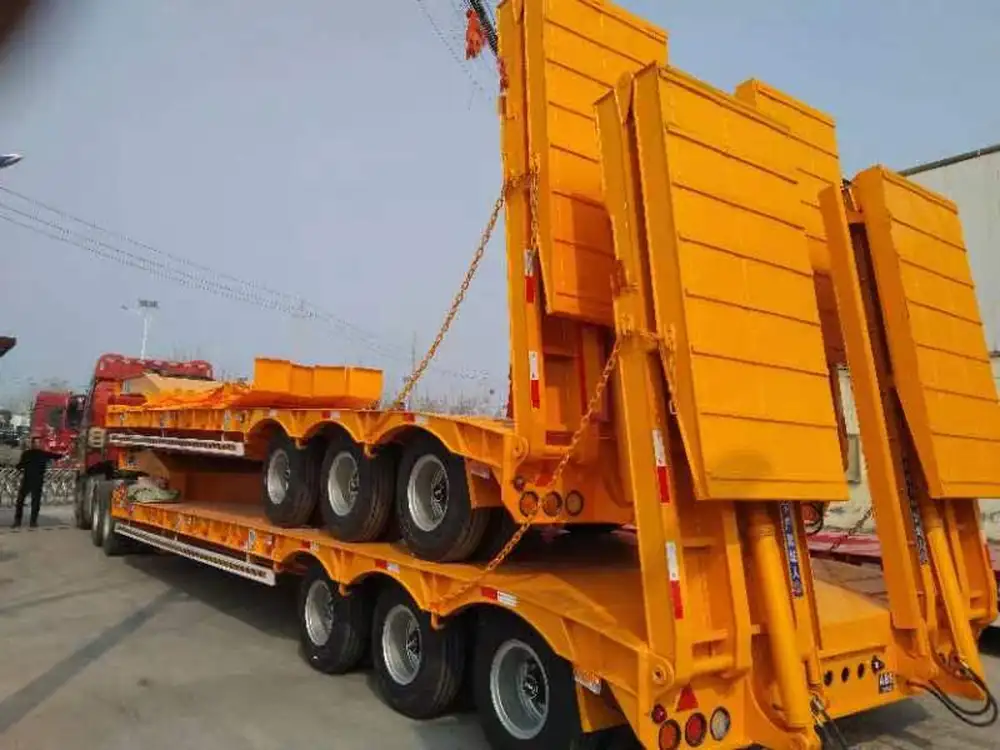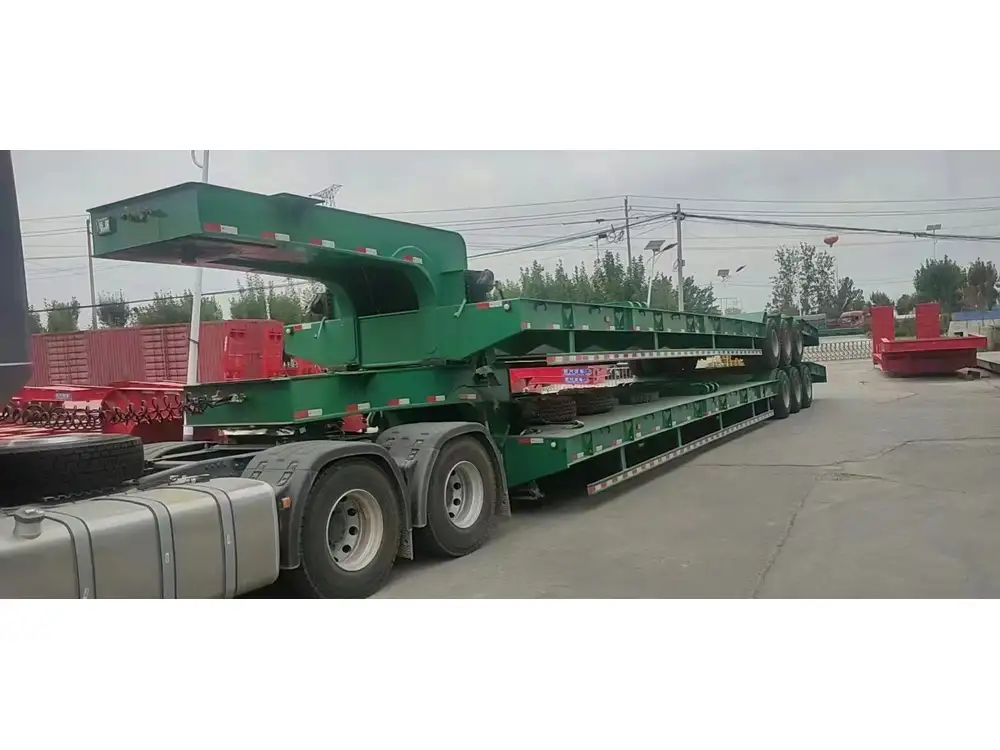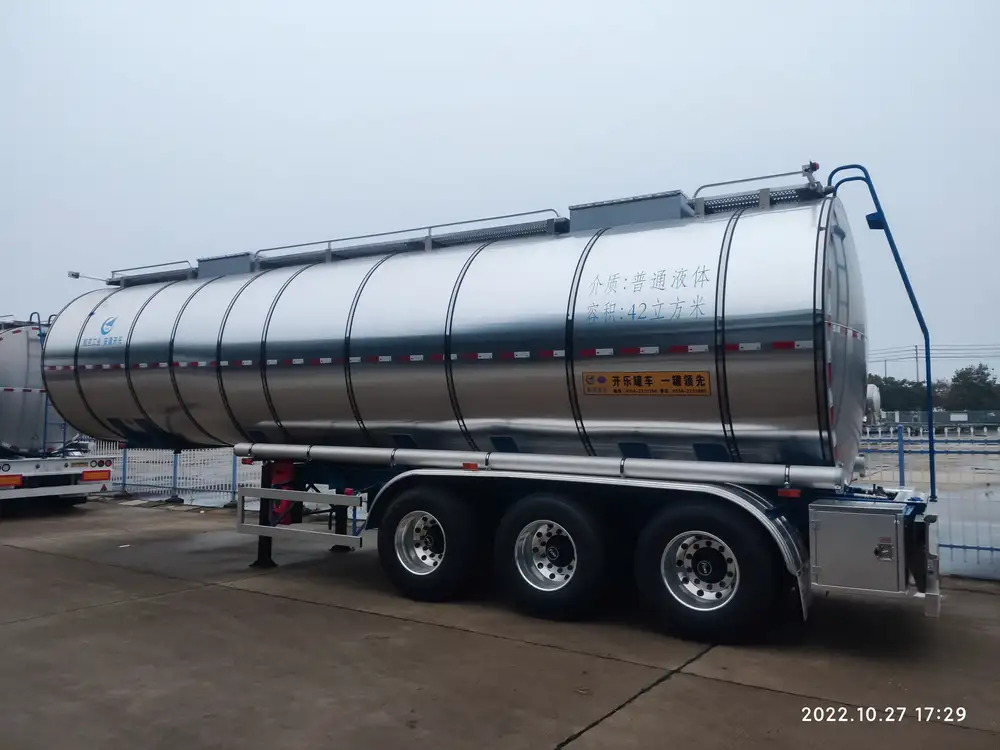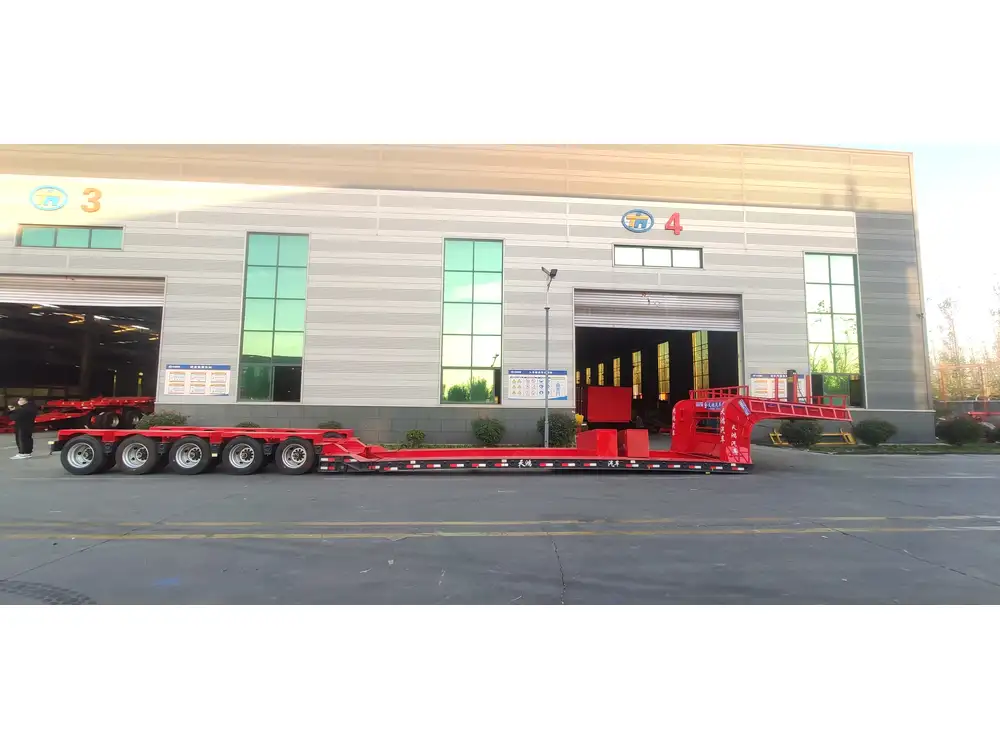In the world of commercial transportation and logistics, semitrucks serve as a backbone, enabling freight movement across vast distances. However, one might encounter a semi truck operating without its trailer—a sight that often leads to curiosity. Let’s delve into this phenomenon and understand the nuances involved.
The Terminology of Unhitched Semi Trucks
When observing a semi truck driving without a trailer, it is commonly referred to as “bobtailing.” This term effectively describes the truck’s condition when it is detached from its trailer and primarily emphasizes the vehicle’s operational status.
Table: Terminology Overview
| Term | Definition |
|---|---|
| Bobtail | A semi truck operating without a trailer. |
| Semi Truck | A combination of a tractor unit and one or more trailers. |
| Tractor | The front part of the semi-truck that provides power. |
| Trailer | The load-carrying unit attached to the tractor. |

Reasons for Bobtailing
1. Delivery and Pickup Operations
One of the most common reasons semi trucks are seen bobtailing is to return to the depot after dropping off a load. This operation requires the driver to navigate back to the terminal without transporting any cargo.
2. Maintenance and Repairs
Semi trucks may also travel without a trailer when they require servicing. Drivers often need to move their vehicles to maintenance shops, which doesn’t necessitate attaching a trailer.

3. Positioning for Loading
Sometimes, drivers need to position themselves at a loading dock or terminal to pick up a new load. Bobtailing allows for more efficient maneuvers in tight spaces.
4. Driver Training
Newly licensed truck drivers may practice driving a semi truck in a bobtail configuration to enhance their control and skills before learning to manage a full-loaded trailer.
Legal Considerations in Bobtailing

1. Weight Regulations
Bobtailing semi trucks typically have different weight regulations than loaded vehicles. Without a trailer, a truck is often lighter, affecting how weight laws apply during transit.
2. Insurance Implications
Operating a semi truck in a bobtailing state requires proper insurance coverage. Insurance policies can differ for bobtailing compared to carrying freight, which is vital for ensuring compliance with commercial vehicle insurance requirements.
3. Licensing Requirements
Bobtailing still requires a valid commercial driver’s license (CDL). Understanding the specific classifications associated with bobtail trucking ensures legal compliance while operating the vehicle.

Safety Concerns with Bobtailing
Truck drivers must be aware of unique safety concerns when bobtailing. The dynamics of a semi truck’s performance can significantly change without a trailer, affecting handling, braking distances, and overall stability.
1. Loss of Traction
Without the weight of a trailer, the traction on the drive axles is lessened, potentially leading to skidding or loss of control in adverse weather conditions.
2. Increased Stopping Distance
The braking system of a bobtailed semi truck may react differently than when fully loaded. Drivers must adapt to the longer stopping distances, particularly in emergency situations.

3. Awareness of Surroundings
Navigating a bobtail truck requires enhanced vigilance, especially in urban areas or congested traffic. Drivers must anticipate possible obstacles and changes in road conditions.
The Driving Experience: Bobtail vs. Fully Loaded
Comparison Table: Driving Dynamics
| Feature | Bobtail Driving | Fully Loaded Driving |
|---|---|---|
| Handling | More responsive but unstable in turns | Heavier, less responsive but stable |
| Braking Distance | Extended due to reduced weight | Shorter, relies on trailer weight |
| Fuel Efficiency | Typically higher due to less weight | Lower due to drag from trailer |
| Visibility | Greater due to reduced length and height | Limited in certain angles |

Bobtailing and Fuel Efficiency
A fascinating aspect of bobtailing is its potential to enhance fuel efficiency. Due to the reduced weight and absence of a trailer, drivers can achieve better mileage. However, the implications vary widely depending on several factors:
1. Speed and Driving Conditions
Driving at higher speeds while bobtailing can reduce efficiency, as aerodynamic drag becomes a more significant factor without the trailer.
2. Engine Load
Without the load of a trailer, the engine may work more efficiently, providing greater mileage. However, this doesn’t always translate to cost savings, as fuel prices are unpredictable.

3. Route Optimization
Strategically planning routes while bobtailing can help maximize fuel efficiency, reducing unnecessary miles driven without a trailer.
Conclusion: The Role of Bobtailing in the Logistics Chain
Bobtailing serves as a critical functionality within the logistics and transportation industry. It allows semi trucks to return to bases, handle maintenance, and prepare for new jobs efficiently. Recognizing the unique aspects and considerations surrounding bobtail operations is essential for truck drivers, fleet managers, and logistics professionals alike.
Final Thoughts and Considerations
Whether it’s for strategic positioning, delivery, or operational efficiency, understanding the dynamics of driving a semi truck without a trailer enriches the professional’s knowledge in the field. There’s much to glean from recognizing the practices and challenges involved in bobtailing, as it allows for more informed decision-making and operational readiness in the complex world of commercial trucking.
This examination dabbles into the variegated world of semi trucks and bobtail operations, enriching your comprehension of essential practices that underpin the logistics landscape, all while optimizing for search visibility and user engagement.



